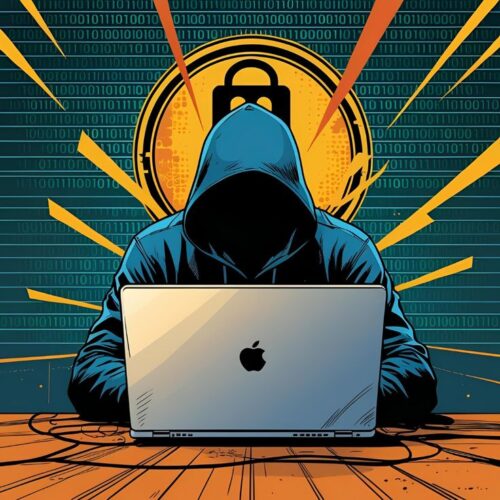For over a decade, the dark web has been synonymous with sprawling marketplaces like Silk Road, AlphaBay, and Hydra—digital bazaars where drugs, stolen data, malware, and hacking services were bought and sold. But as law enforcement crackdowns intensified in 2023 and 2024, shutting down several of these major hubs, cybercriminals adapted.
Welcome to Dark Web Marketplaces 2.0, a new generation of decentralized, harder-to-detect platforms that are shaping the future of the underground economy in 2025. Instead of relying solely on Tor-based websites vulnerable to takedowns, many criminals have migrated to encrypted apps like Telegram, Matrix, and Discord, where they trade stolen credentials, ransomware kits, and phishing tools in invite-only groups. Others are experimenting with decentralized hosting and blockchain-based domains that can’t easily be seized. Some marketplaces now even use smart contracts to handle escrow, reducing reliance on moderators.
In mid-2024, researchers tracked a surge of stolen credit card sales on Telegram channels, while in January 2025 Europol reported that more cybercriminals were abandoning traditional markets in favor of “cybercrime-as-a-service” networks operating through messaging apps. The shift makes investigations harder: platforms are more fragmented, transactions are faster, and the communities are constantly morphing to avoid detection.
For businesses and individuals, this evolution poses real risks: credentials from every new breach often end up on these platforms within days, fueling identity theft, financial fraud, and ransomware attacks. Defending against Dark Web Marketplaces 2.0 means focusing less on taking down sites and more on disrupting the supply chain—sharing threat intelligence quickly, investing in dark web monitoring, and training users on how their data can be exploited. The dark web hasn’t disappeared; it has simply decentralized. And in 2025, that makes the fight against cybercrime more complex than ever.

